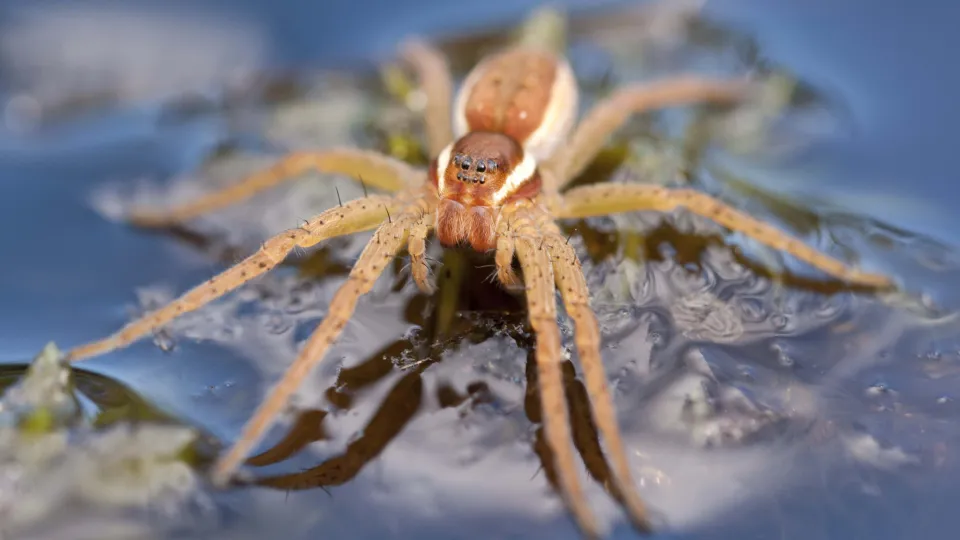
Raft spider
The chocolate-brown raft spider inhabits bogs and ponds. It can be spotted sitting near the water, its legs touching the surface. When it feels the vibrations of potential prey, it rushes out to catch it, floating like a raft.

The chocolate-brown raft spider inhabits bogs and ponds. It can be spotted sitting near the water, its legs touching the surface. When it feels the vibrations of potential prey, it rushes out to catch it, floating like a raft.
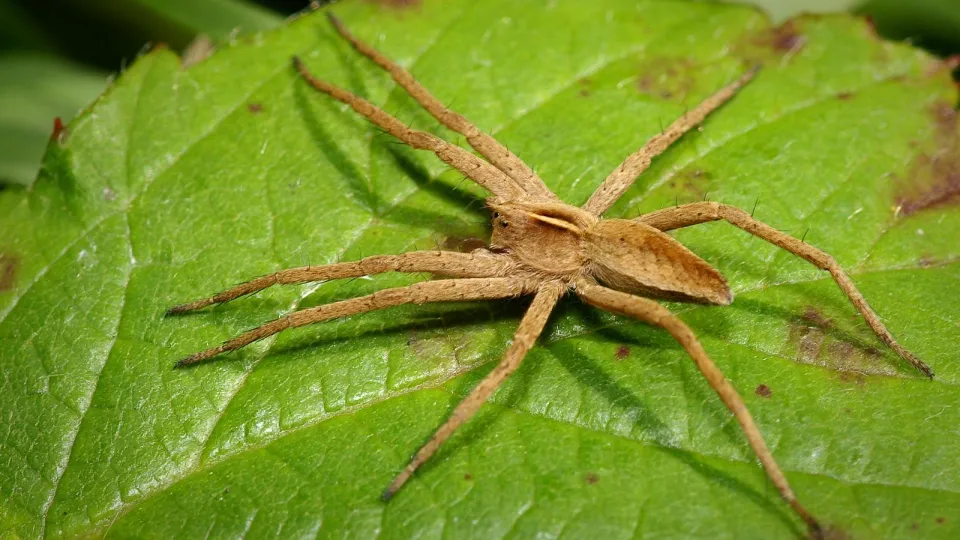
A common spider of heathland and grassland, the Nursery web spider has brown and black stripes running the length of its body. It is an active hunter, only using its silk to create a protective tent for its young.
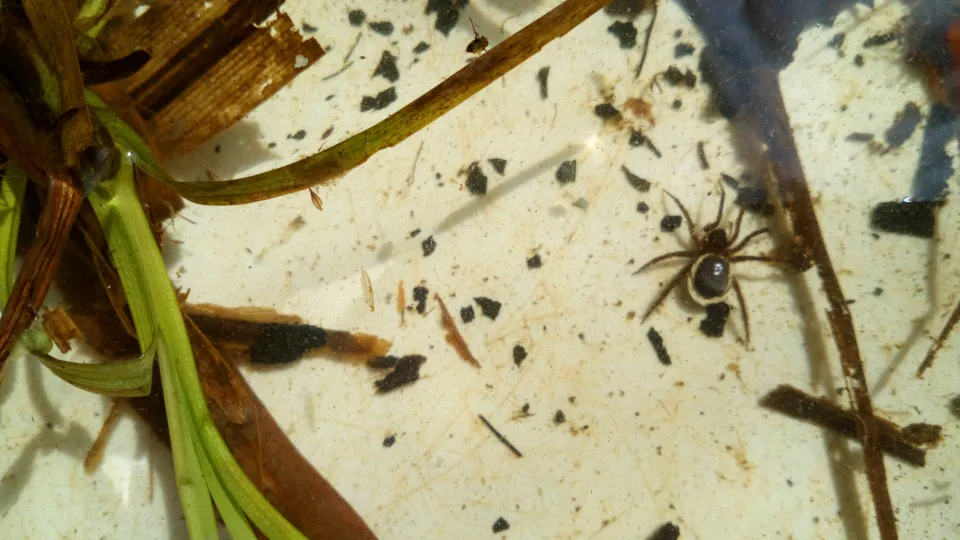
There are several species of spider that live in our wetlands, but the water spider is the only one that spends its life under the water. In its pond habitats, it looks silvery because of the air bubbles it traps in its hairs.
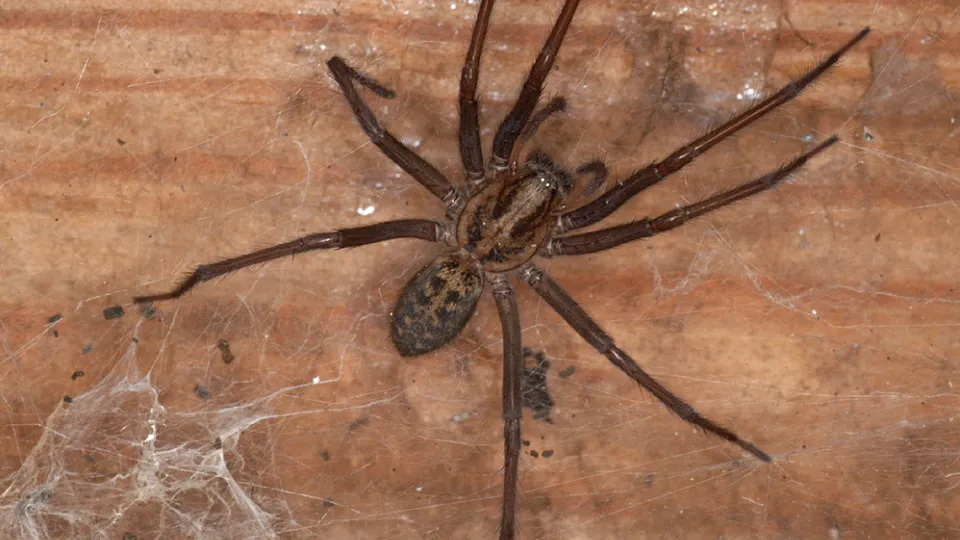
The giant house spider is one of our fastest invertebrates, running up to half a metre per second. This large, brown spider spins sheet-like cobwebs and pops up in the dark corners of houses, particularly in autumn.
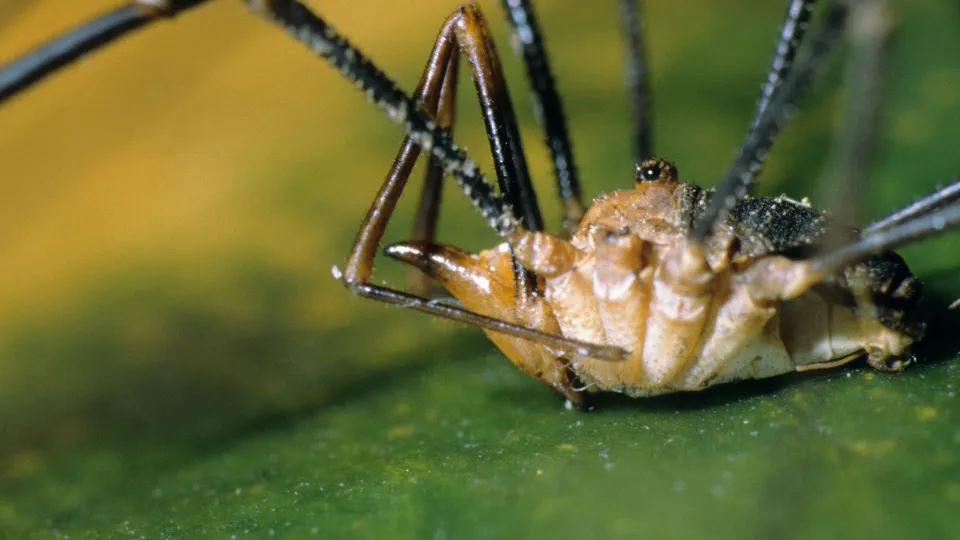
The Common harvestman is familiar to us as the large, spindly spider-like creature that frequents gardens and houses. It predates on smaller invertebrates which it catches using hooks on the ends of its legs.
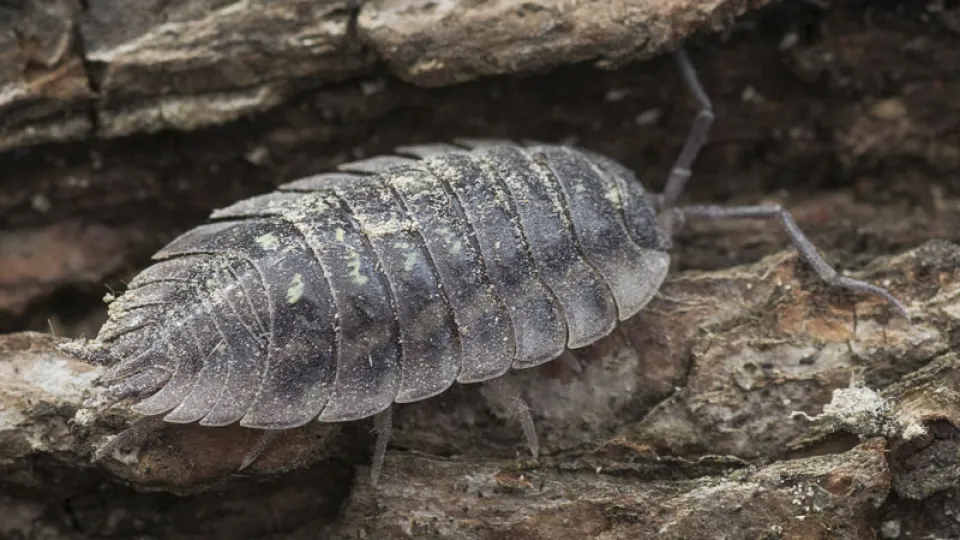
If you were to pick up a rock in the garden, you’d hopefully find a few common woodlouse. These hardy minibeasts have in-built armour and like to hide in warm, moist places like compost heaps.
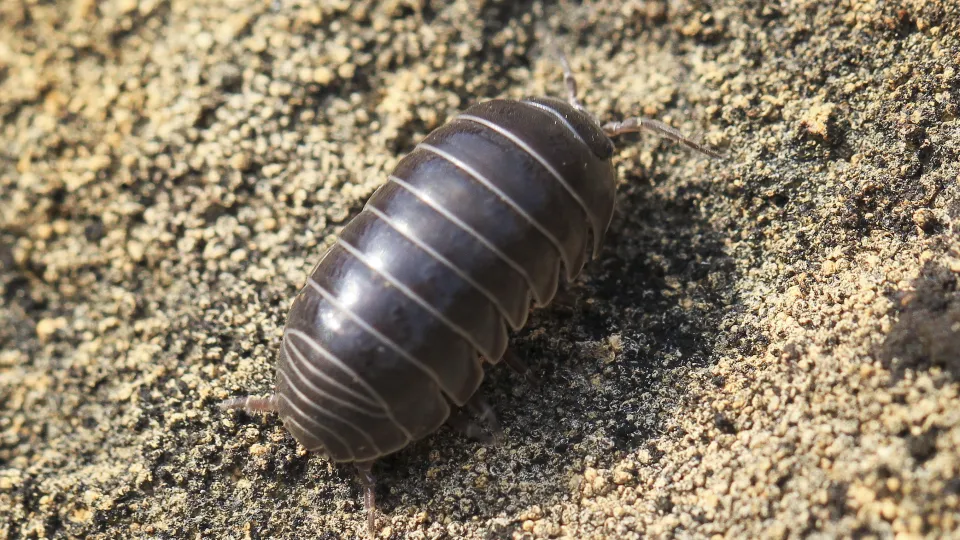
The defensive mechanism of the pill woodlouse is very recognisable - it curls itself into a tight ball, only showing its plated armour to its attacker. It is an important recycler of nutrients, feeding on decaying matter.
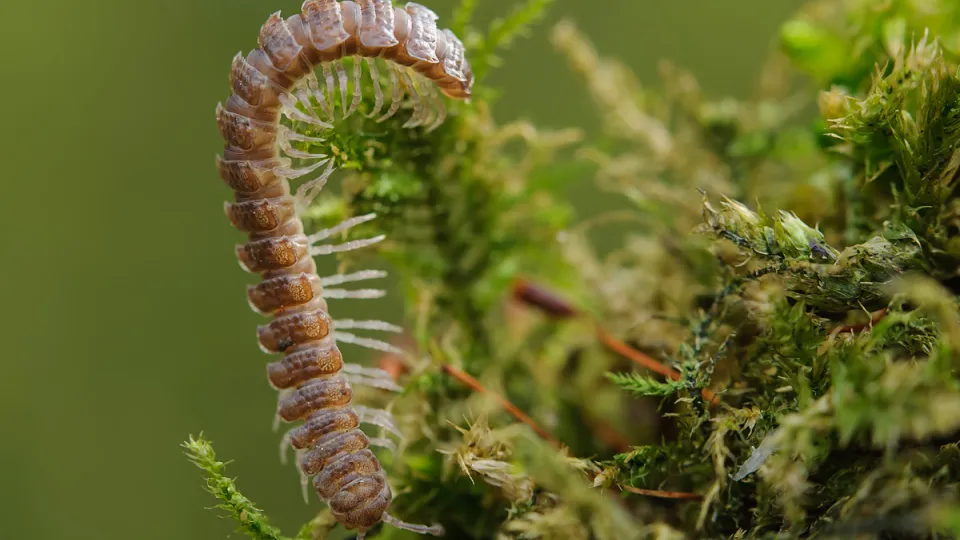
Found in compost heaps and under stones in gardens, the Flat-backed millipede is a common minibeast. Despite its name, it only has about 40 legs. It is an important recycler of nutrients, feeding on decaying matter.
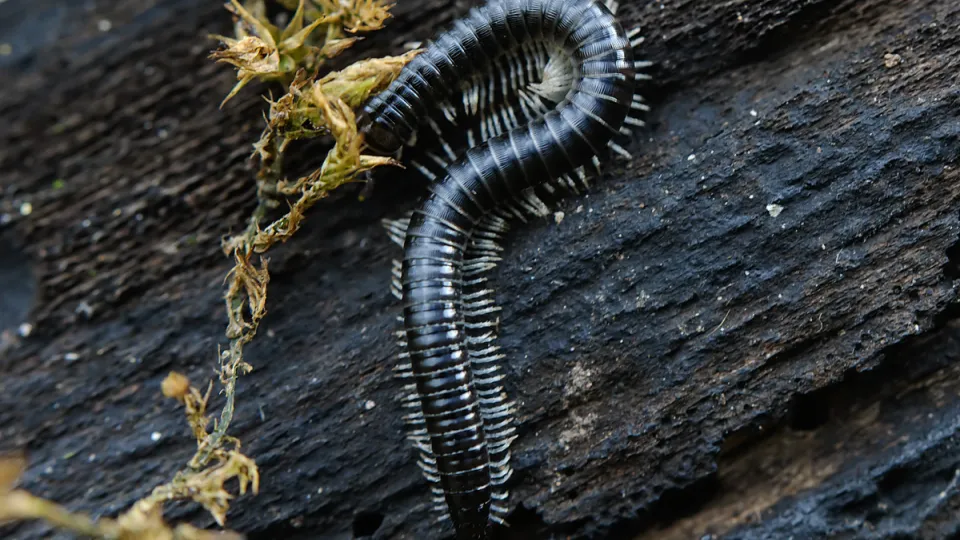
Found in compost heaps and under stones in gardens, the White-legged snake millipede is a common minibeast. Despite its name, it has about 100 legs. It is an important recycler of nutrients, feeding on decaying matter.
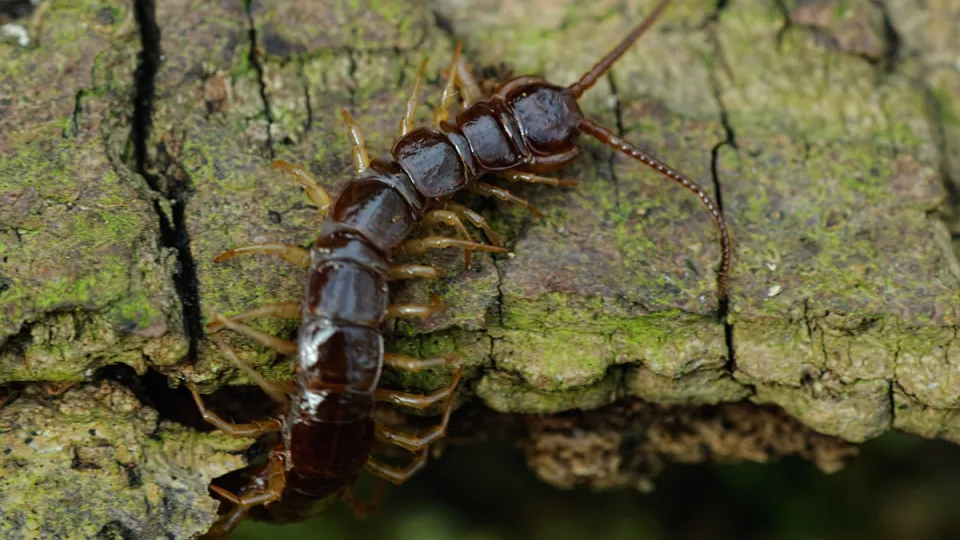
A regular in gardens, hunting around compost heaps and under stones, the brown centipede is a common minibeast. Despite its name, it has 15 pairs of legs - one on each segment of its body.